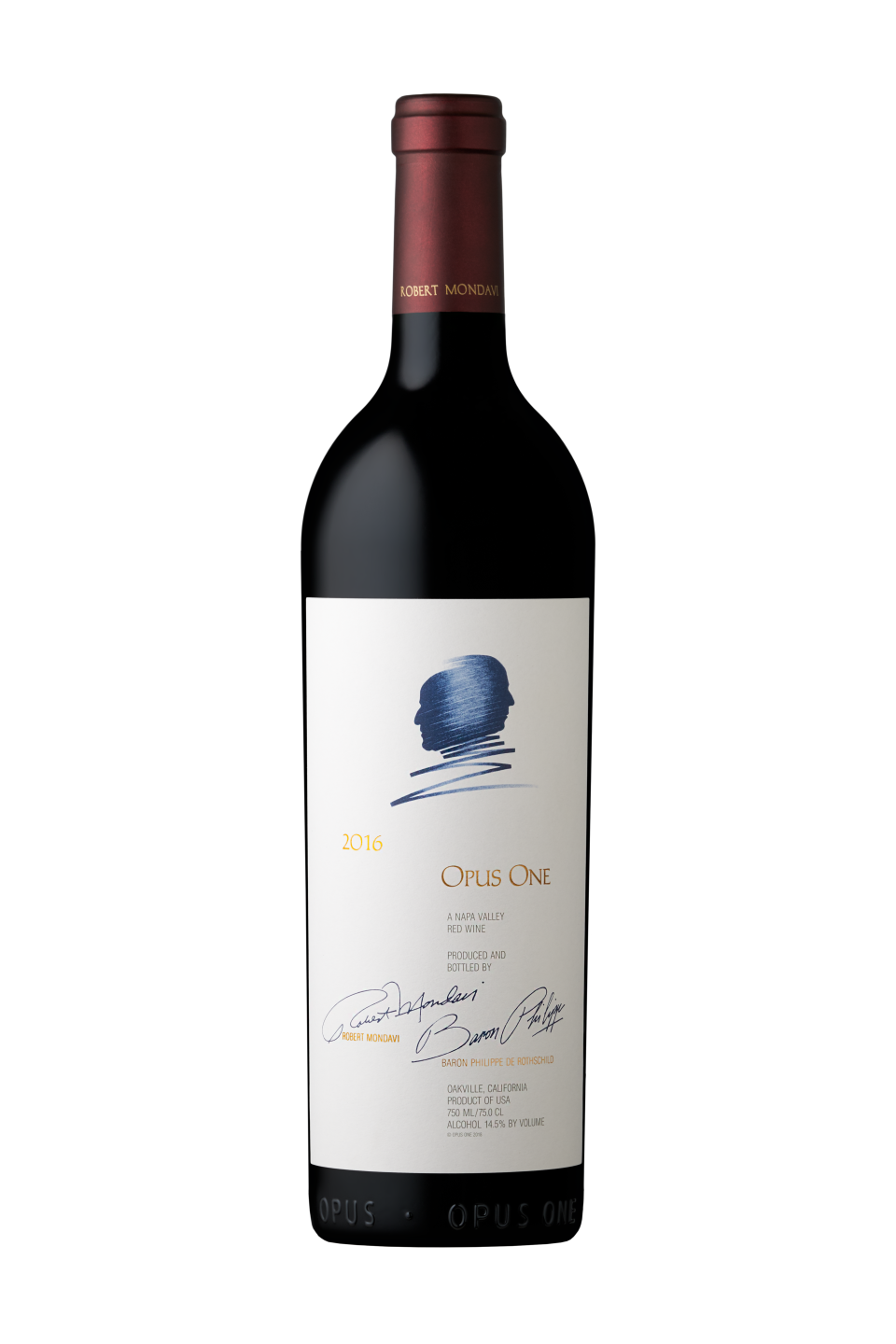WINE PRESS: Tips for picking out red wines as the weather turns cooler
Last Thursday we said goodbye to summer and hello to fall. Which means winter is not too far away. As I constantly write about how our food choices will change that will necessitate our wine choices to be changing to pair what we are eating with what we are drinking.
Much like beers in the summer we tend to consume lighter beers or lagers, as we get into heavier foods we switch to ales. The beer world is much less confusing than the wine world, but the basic premise holds true — light foods, light wines, heavy foods heavier wines. But I want to discuss some thoughts on selecting and serving wines with you.
Where to find pot pies: Newport Food Scene: As temperatures fall, dig into a pot pie at these area restaurants
I have spent a lot writing about grapes that are not mainstream and by that those that exist but aren’t as well-known as what we in the wine world call noble grapes. These are the most widely planted grapes in the world and were known for producing some of the world’s great wines. The noble grapes are cabernet sauvignon, merlot, pinot noir, chardonnay, sauvignon blanc and riesling. There is another list that includes great wines but not as recognized as the aforementioned. I think all will agree the public is well aware of these wines but of course, like so much in the beverage world that is being challenged as many of the lesser known varietals are producing some terrific wines. The expanded list of noble grapes will include syrah, grenache, sangiovese, nebbiolo, tempranillo and malbec for red wines and pinot gris/grigio (same grape, different name!), chenin blanc, gewürztraminer, viognier, sémillon and moscato. This expanded list comprises of grapes that many will not easily be familiar with but nevertheless, you probably had one and didn’t know it.

So, as we prepare for the upcoming changes, I thought I would prepare all with a primer to help you make your decisions. As you either prepare food at home or dine out, which comes first the wine or the food? Well, for me, with friends at a restaurant ordering all different foods, they all look to me for selecting a wine. Once I have figured out what everyone is ordering, I will try to pair up a wine with the meal. This isn’t always easy and I will often suggest to a friend having something that needs say a chardonnay while everyone else is having beef. At a restaurant, I will always look for half bottles for that pairing but if they aren’t available, a wine-by-the glass would be perfect. I love oysters, so as an appetizer, I will order a glass of Chablis or sauvignon blanc, as I usually will have a beef entrée.
Now, cooking a meal for friends at home is much simpler as the menu is take it or leave it!! But again, do I choose the wines then create a meal around it or vice versa. Again, at your home, you make the rules! So, if I am starting off with say a salad which our local farms are harvesting so much of what makes a salad great, I will again pair a light wine, unless I use a heavy dressing. But this transitional time of year, I would go light. As for the main course beef will be at my table, so we are taking cabernet sauvignon, syrah, merlot or malbec.
Eat out: Here's what you can expect from the newest Thai restaurant in town: Newport Food Scene
When buying wines for home, I always tell friends that call or write me for suggestions to read the label, it has a lot of useful information that will help you choose a wine. Obviously the producer is important but the appellation to me is very important. For example, you choose a wine you believe to be from Sonoma or Napa but the label says California, both of which are in California. The law states that at least 85% of the grapes in the bottle must come from within that AVA . By the way, I am only talking American wine labels. This tells me that the grapes in the bottle can come from anywhere in California, not what I am looking for. Next, the grape on the bottle should tell you something important, that in the U.S. at least 75% of the grapes in the bottle are what it says. Of late, red blends are all the rage as they create a wine that suits more people. Famous wines like Opus One or Dominus are blends and therefore will say red wine on the label, no varietal can be listed. And lastly, just to add more intel, the vintage must be at least 95% from the year on the bottle. This may all sound like too much info but I believe it is useful information in making a purchase, especially an expensive one.

A few more items for preparing. Do you have a good wine opener? I go to friend’s houses and the hardware is not up to par. It is important and helpful, there are so many high-tech ones on the market, but, for me, a waiters wine key, a good one, is sufficient. Next, glassware is important. I always suggest that to make it easier that you carry a Chablis glass and a red Burgundy glass, although there are all-purpose glasses. No need for a Champagne glass as the Chablis will do nicely.
Now, we are ready. We have covered the basics of choosing a wine, opening up and pouring into the glass, then enjoying. There is more to wine, but it becomes too complex. Whether at a restaurant, at home or a friend’s home sit back and enjoy. Over time you will discover what appeals to you and the foods that pair best with your favorite wine. Next month I will talk about red wines as it will definitely be cooler.
Len Panaggio is a wine consultant and former corporate beverage director for Newport Harbor Corp. Send feedback and suggestions to lcp23223@gmail.com. The Wine Press runs each month in The Daily News and online at newportri.com.
This article originally appeared on Newport Daily News: Tips for picking out red wines as the weather turns cooler: WINE PRESS

